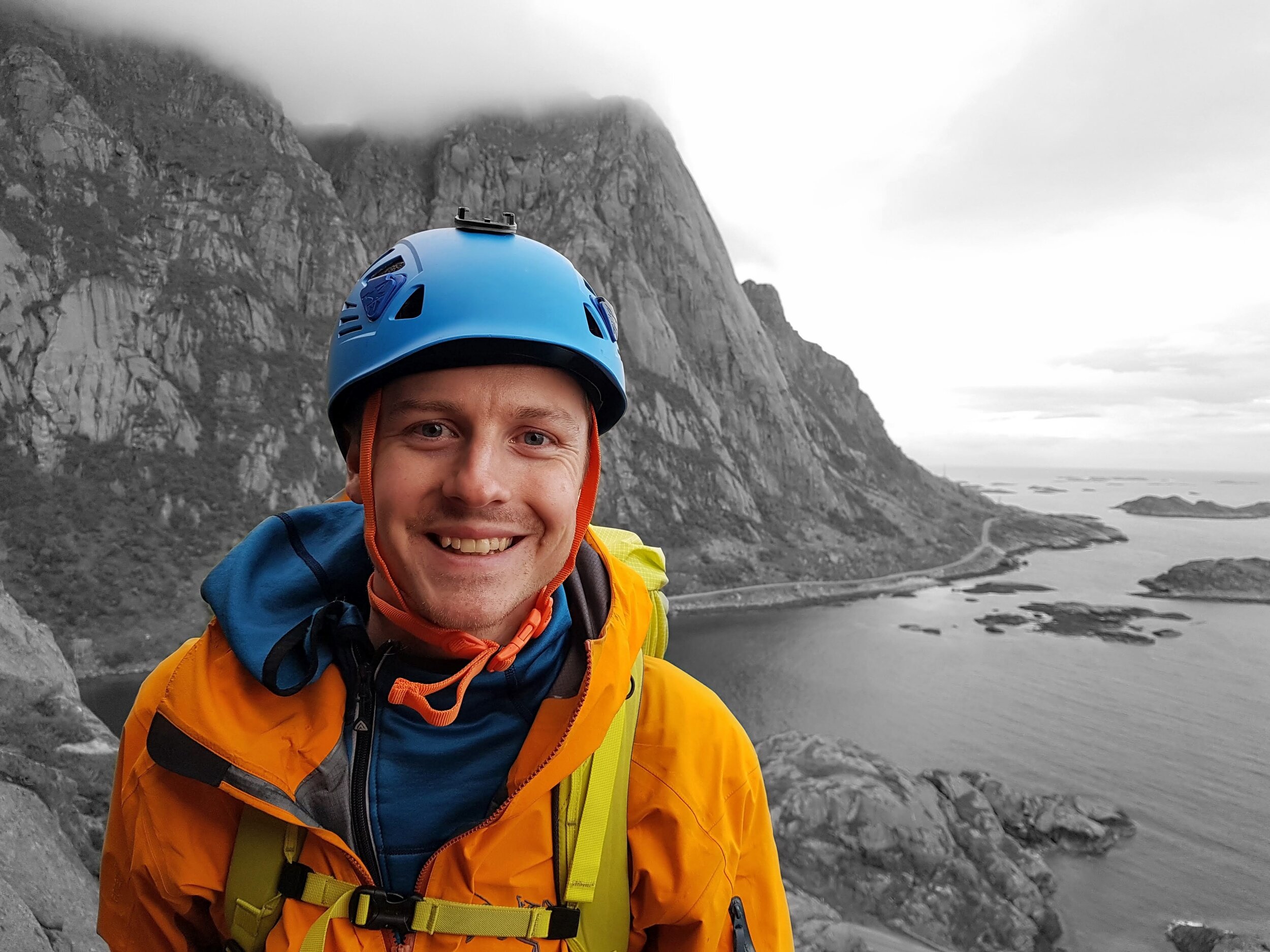Field Work Experience
Disko Island, western Greenland
As part of a course run through the University of Bergen I spent 10 days on Disko Island investigating the Lyngmarkbreen Ice Cap. We used exisiting ice-penetrating radar data to decide on ideal locations to use a shallow ice core drill and hand auger to extract ice cores. Additionally, we investigated snow accumulation through snow pits, analysing the depth, density and composition of snow falling on and around the ice cap. We also assessed the impact of grounded icebergs on local ocean properties, using CTD casts in a transect around a grounded iceberg, and measuring sea ice thickness.
Research cruises in the Barents Sea
Most of the field seasons throughout my PhD have been spent on cruises in the Barents Sea, where we use a combination of geophysical data and sediment cores to learn more about the marine-based palaeo-ice sheet that once covered this shallow Sea. This involves the collection of multibeam swath bathymetry, 2D and 3D seismic data, shallow subsurface (chirp) data, CTD measurements and sediment cores.
Svalbard terrestrial glaciers
Investigating the glaciers and landscapes of Svalbard, following several courses and field work with the University Centre in Svalbard (UNIS). This included the collection of ground penetrating radar data both on foot and using a snowmobile, to investigate the thermal structure and hydrology of Svalbard glaciers. Geomorphological mapping, water geochemistry, mass balance measurements, time-lapse photography and dye tracing were also implemented to make inferences about the hydrology, mass budget and history of glaciers.
Svalbard marine terminating glaciers
Summer field excursions involve using a small ship fitted with geophysical equipment along with analysing sediment cores to investigate the calving fronts and foreground of marine terminating glaciers.
Outreach Events
University of Tromsø 'Forskningsdagene' - Research days
Used glacier 'goo' to show how friction affects glacier flow
Mock icebergs with melting out sediments show how iceberg drift tracks are recorded in the seafloor
Fossil Foraminifera as a proxy for past ocean temperatures
Lamont Doherty Earth Observatory open house
More glacier goo, this time at the Lamont Doherty Earth Observatory open house, a huge showcase of interactive science and outreach activities with nearly 4000 attendees! We showed how ice can flow/deform under its own weight and how bed roughness can influence ice velocity and erosion rates.
Arctic frontiers 'Science for schools' talk
Aimed at primary school age
Discussed how glacial landforms can be used as 'clues' to solving the mystery of how ancient glaciers behaved




